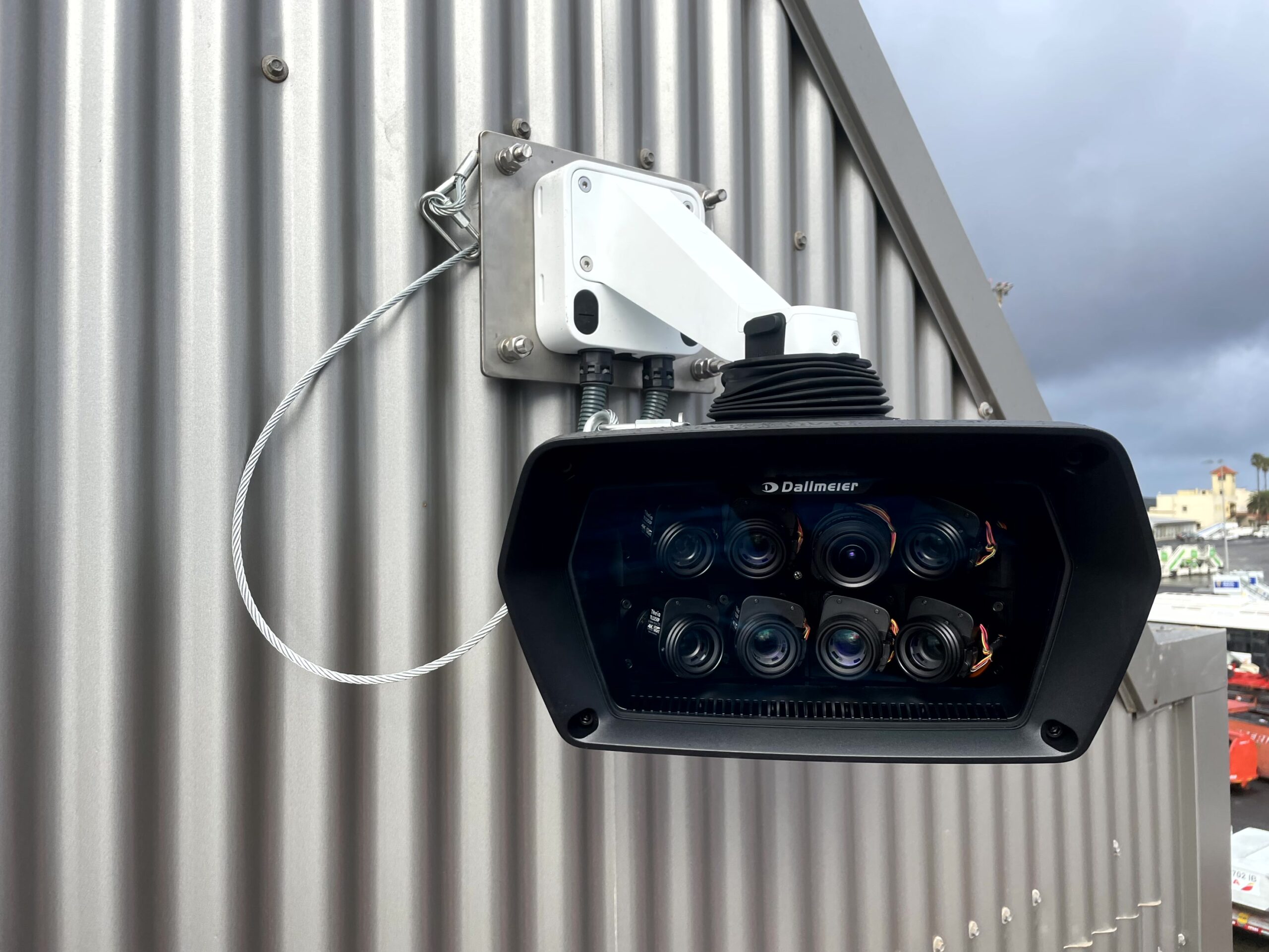In an emerging world of online trade, an entirely new suite of issues pose threat to not only customers but vendors, too
In the last three years the global pandemic has brought irrevocable change to modern society as we know it. Almost every nation in all corners of the globe have felt its intangible presence and have adapted accordingly to an almost worldwide change in attitudes. There is no greater example of this than in the retail industry, where worldwide lockdown meant that vendors had to find new ways of selling their wares or risk being caught in the financial undertow. While this was no issue for large high street companies, smaller independent businesses with more limited budgets had to rely on online providers to distribute their wares.
While the added convenience, stock and accessibility is greatly favoured these days over its brick-and-mortar counterparts, it is in the online realm where a new strain of security threats germinate. Numerous third party sites and services all play a part in the smooth operation of an online store – from stock, hosting and shipping – and with more contributing companies, there exists a greater margin of error. Any one of these parties are susceptible to a data leak or other cyber exploitations, which could mean putting potentially millions of customers at risk.
It is not only consumers that can fall victim to cyber crime and exploitation in this new online world, either. Vendors are just as much at risk of theft as customers, with their own data and even their products in the clutches of opportunist cybercriminals. Artists especially are a group of vendors that have been targeted, with their own work being stolen and repurposed into bootleg products. The rise of non-fungible tokens (NFTs) in the last year have also brought with them a pandemic of digital art theft, as the incredibly unstable and fraudulent investment practice is built on the foundation of stealing online artists’ work.
All these problems compound upon each other to create a potentially hostile and lawless wasteland that requires customers to remain vigilant while shopping online. Thankfully, the conundrum is not unsalvageable: security leaders around the globe are working diligently to create AI-assisted technology and solutions to swiftly flag copyright and data infringement when it happens, as well as preventative security measures to ensure visitors can browse online stores securely.
Online retail has been taking the world by storm since it claimed dominion over the pandemic-afflicted world three years ago. People in isolation or fearful of the outside world had access to more products than ever before, without ever having to step outside their home. With this rise in popularity comes an inevitable rise in demand, leading to many ill-intentioned opportunists seizing the chance to create their own products for as minimal cost as possible. This involves printing stolen art on cheap shirts, pillowcases, mugs, posters and hoodies with cheap materials and processes, often using exploitative labour in third-world countries as a means to produce these products. They are then sold on poorly-maintained websites for a hugely inflated price. These kinds of vendors are most prominent during the holiday season, as discretion by consumers is thrown to the wayside with the mad rush to secure last-minute gifts or a good deal.
For more news updates and exclusive features, check out our Q2 issue here.
Media contact
Rebecca Morpeth Spayne,
Editor, Security Portfolio
Tel: +44 (0) 1622 823 922






















